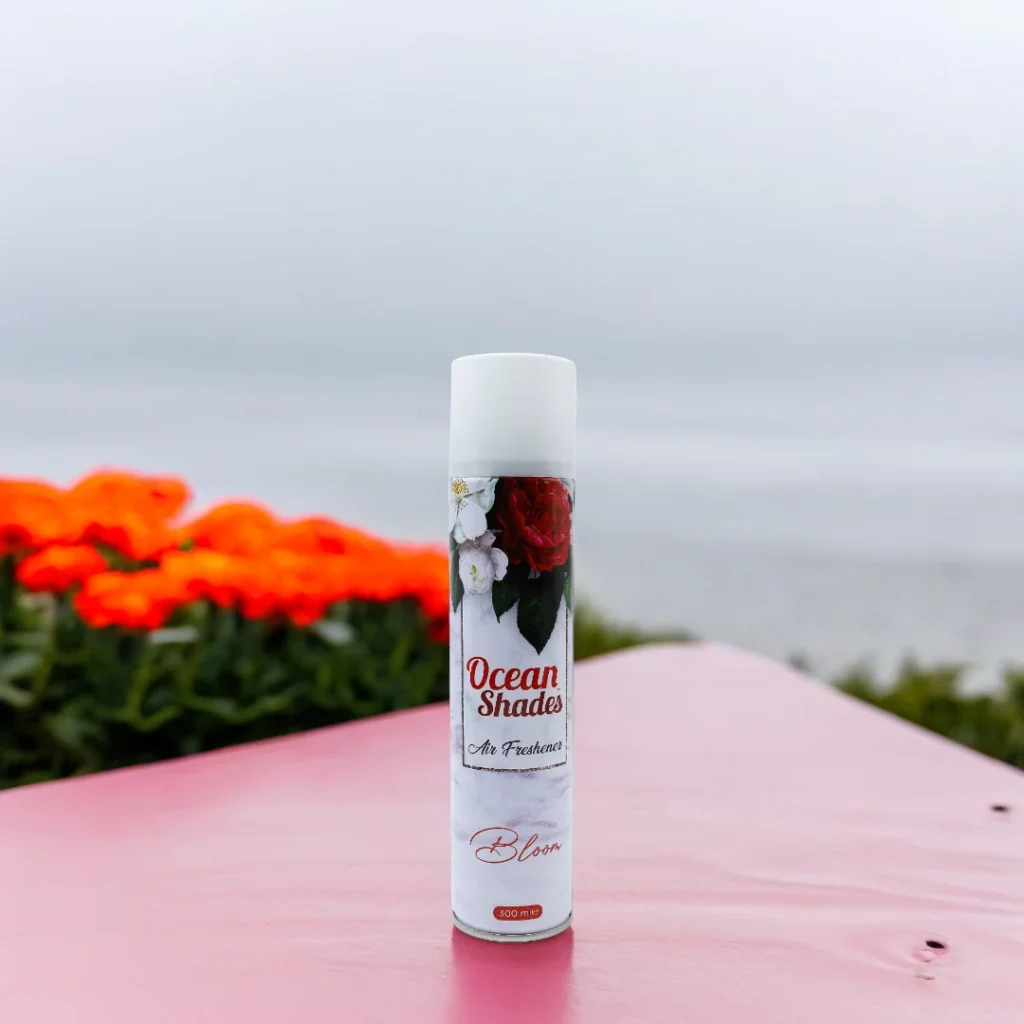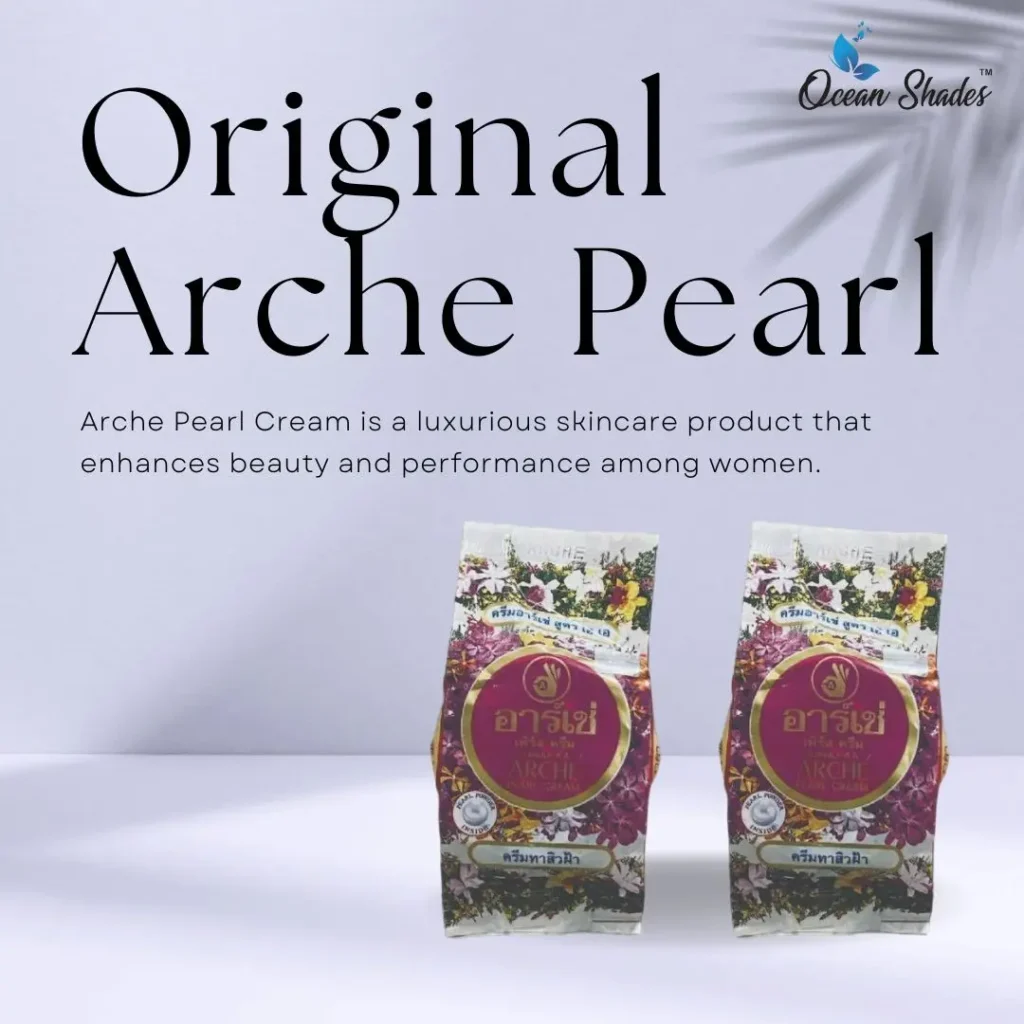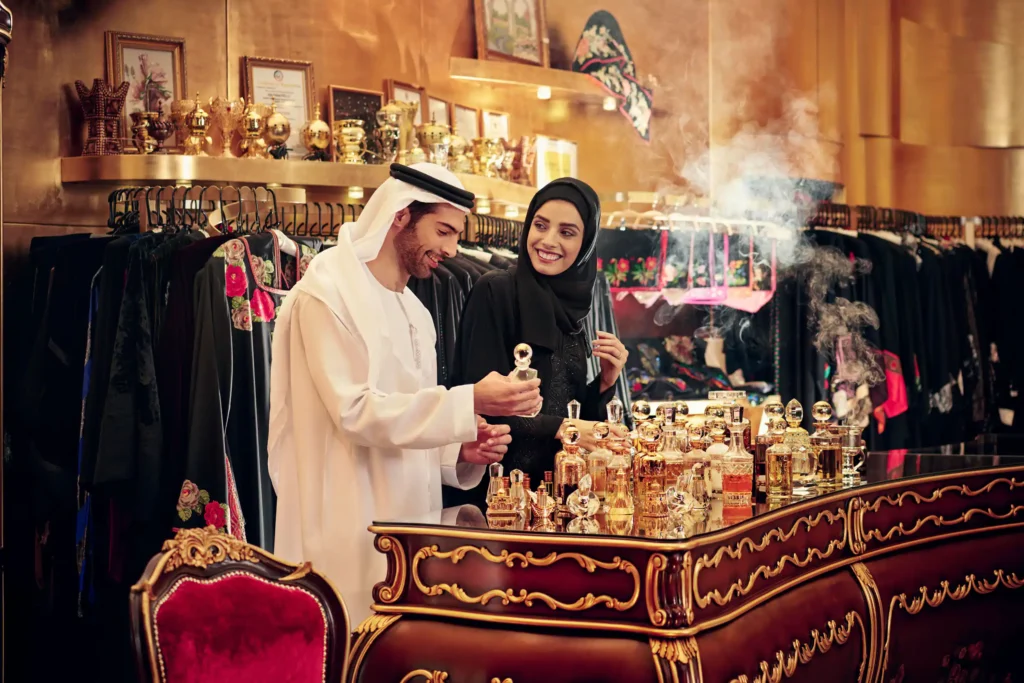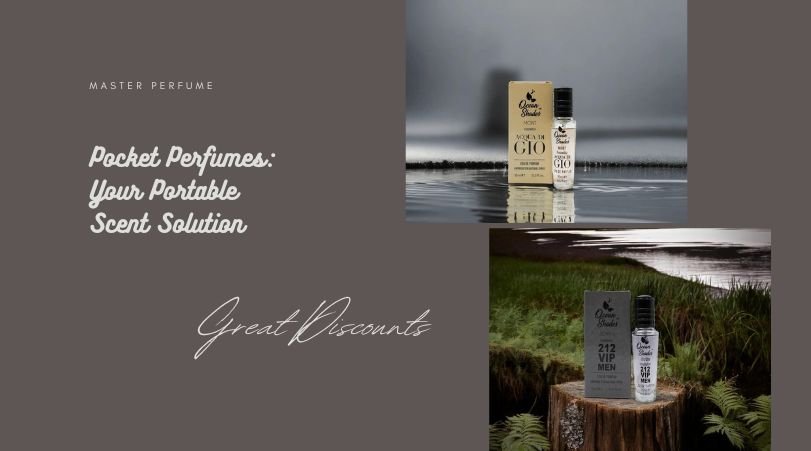The Art and Science Behind Perfumes and Fragrances

Perfumes and fragrances have accompanied human beings for several centuries becoming an art form and a science in their own right. From Cleopatra’s famously aromatic perfumes to today’s world of personalized fragrances, the story of scent is as rich and complex as the fragrances themselves.
A Brief History of Perfumes
The journey of perfume dates back over 4,000 years. Ancient civilizations such as the Egyptians, Greeks, and Romans were among the first to embrace scent as a luxurious indulgence. In ancient Egypt, perfumed oils were used in religious ceremonies and as status symbols. The Greeks and Romans, meanwhile, expanded upon this, using perfumes in baths, temples, and even medical treatments. Perfume evolved as a mark of sophistication and opulence in 17th-century France, and by the 18th century, perfume-making had become a flourishing industry in Europe. This enduring legacy has shaped how we use and perceive perfumes today, from daily wear to special occasions.
The Science Behind Scent: How Fragrances Work
Fragrances are complex compositions crafted from a blend of natural and synthetic ingredients, each chosen for their unique olfactory profile. At the heart of every perfume is a “fragrance pyramid,” composed of top notes, heart notes, and base notes:
- Top Notes: The first scents that hit your nose, are often light, refreshing, and volatile. These usually last about 15–30 minutes after application.
- Heart Notes are the core of the fragrance, providing depth and complexity. Heart notes emerge once the top notes evaporate, lasting around 3–5 hours.
- Base Notes are the foundation of the scent, adding longevity and richness. Base notes linger the longest, sometimes on the skin for 24 hours.
Each note has different properties, designed to gradually unfold over time. This “dry-down” effect is the essence of a well-crafted fragrance, where the scent shifts and evolves as it interacts with the skin, air, and even the wearer’s chemistry.
Perfume Ingredients: Nature Meets Chemistry
The ingredients in perfumes come from a wide range of natural and synthetic sources. Natural ingredients include flowers, woods, fruits, and resins, while synthetic molecules are often added to replicate scents that cannot be derived directly from nature or to enhance stability.
- Floral Notes: Rose, jasmine, and lavender are popular floral ingredients, adding romance and elegance to perfumes.
- Woody Notes: Cedarwood, sandalwood, and patchouli add warmth, depth, and an earthy quality.
- Citrus Notes: Lemon, bergamot, and orange provide freshness and vibrancy.
- Oriental Notes: Amber, vanilla, and cinnamon are commonly used to add warmth and sensuality to a fragrance.
Thanks to modern technology, synthetic notes can now mimic nearly any natural scent. Additionally, synthetic notes can sometimes provide ethical alternatives to animal-derived scents like musk, making perfumery a blend of artistry and sustainable science.
The Perfumer’s Craft: An Art Form
Creating a perfume is like painting with scents. Perfumers, also known as “noses,” are skilled artisans with an extraordinary sense of smell and an ability to recall thousands of scent profiles. The journey of a perfumer involves years of training to recognize and understand the characteristics of individual scents and how they interact with one another.
To create a fragrance, perfumers go through a process of testing, blending, and refining countless samples. The final fragrance is a balance between creativity and precision, where a single drop can change the entire composition. Some renowned “noses” work closely with luxury brands to craft signature scents, while others create unique, bespoke perfumes for individuals.
The Psychology of Scent: Emotion and Memory
Our sense of smell is closely linked to the brain’s limbic system, which governs emotions and memory. This connection explains why certain fragrances can evoke vivid memories or moods. For instance, the smell of lavender may bring comfort and relaxation, while the scent of citrus can evoke energy and freshness. Perfumes harness this power, making scent a subtle yet influential part of our daily lives.
Many people choose their fragrances based on how they want to feel or how they want others to perceive them. Fresh, floral notes can evoke cleanliness and approachability, while deep, woody scents often project strength and mystery. By choosing a fragrance, people are essentially making a personal statement and influencing how they feel throughout the day.
Finding Your Signature Scent
Selecting a perfume is a personal journey, as scent interacts uniquely with each person’s skin and natural body chemistry. Here are some tips for finding a scent that truly represents you:
- Understand the Fragrance Families: Perfumes fall into categories such as floral, woody, oriental, and fresh. Knowing which family you gravitate toward can help you narrow down options.
- Test on Skin, Not Just Strips: Perfume interacts with skin chemistry, so testing it directly on your wrist or inner elbow provides a more accurate impression.
- Give It Time: Fragrances change over time due to the dry-down effect, so try a scent for a full day before deciding.
- Consider the Occasion: Many people have different perfumes for day vs. night, casual vs. formal events, or specific seasons.
Choosing a fragrance is as unique as choosing an outfit or a piece of jewelry, and it often becomes part of a person’s identity.
Modern Trends in Fragrances
The world of fragrances has expanded beyond traditional perfumes to include unisex scents, sustainable ingredients, and niche brands. Unisex scents combine traditionally masculine and feminine notes to create versatile fragrances. Sustainability is also a growing trend, with brands increasingly focusing on eco-friendly packaging and ethically sourced ingredients.
In the niche market, smaller brands cater to customers looking for unique scents outside the mainstream offerings. These brands emphasize individuality, craftsmanship, and storytelling, attracting a new generation of fragrance enthusiasts.
How to Make Perfumes Last Longer
Getting the most out of a fragrance can be as much about application as it is about formulation. Here are some tips for ensuring your scent lasts:
- Apply on Pulse Points: Warm areas like the wrists, neck, and behind the ears intensify and prolong the fragrance.
- Layer with Matching Products: Use body lotions, shower gels, or oils with a similar scent to build a lasting fragrance base.
- Avoid Rubbing: Rubbing your wrists together can break down the scent molecules, causing the fragrance to fade faster.
- Store Properly: Heat, light, and humidity can degrade perfumes, so keep bottles in a cool, dark place.
The Future of Perfumes and Fragrances
As technology and creativity evolve, so does the fragrance industry. Innovations like personalized perfumes, digital scent customization, and eco-conscious formulations are pushing boundaries. The industry is also exploring the potential of artificial intelligence to assist perfumers in creating new compositions and enhance the customer experience.
The art and science behind perfumes and fragrances continue to grow, capturing the essence of tradition while embracing the future. From the tiniest drop to the most elaborate bottle, perfumes carry the power to evoke emotions, create memories, and express individuality.













Thank you for this detailed breakdown of Arche Cream! I was unsure whether “liquid” in the name meant alcohol, but it turns out this is actually a Thai pearl-infused moisturizing cream (popularly called Pearl Cream) with mild UV protection, niacinamide (Vitamin B3), and vitamin E — not a drink 😊. It’s widely used in Thailand and Vietnam as a base that brightens skin tone, calms irritation, and doubles as a light makeup primer https://shinycrown.com/